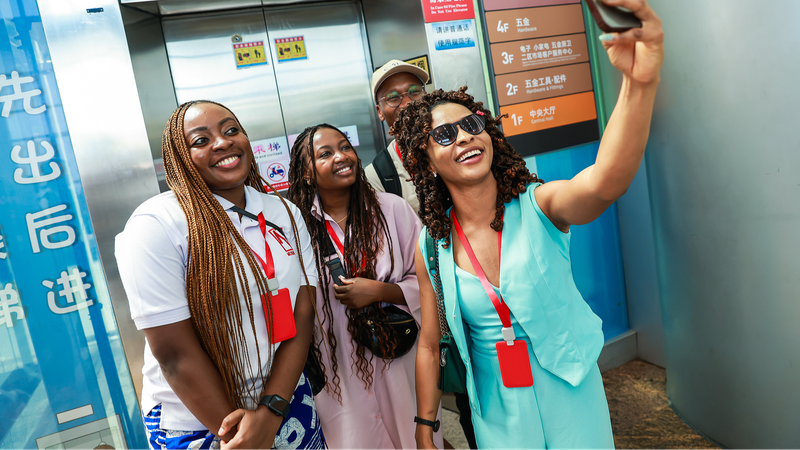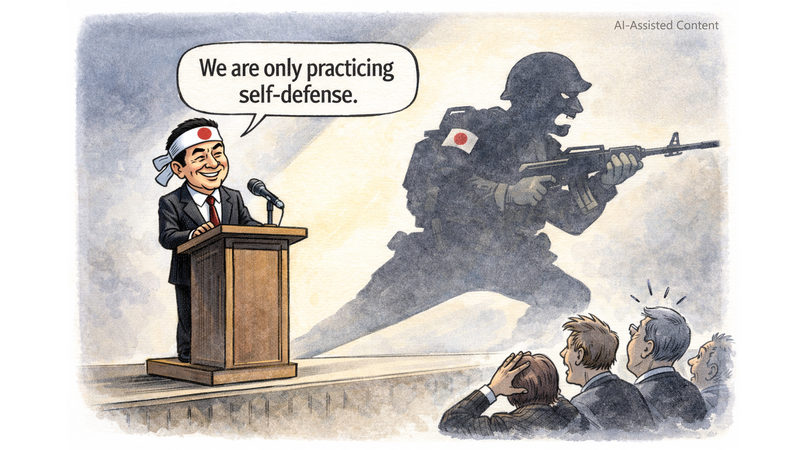In the Xinjiang Uygur Autonomous Region in the Chinese mainland, almost every member of an ethnic minority group speaks their mother tongue, whether Uygur or one of several Turkic languages. This linguistic vitality stands in sharp contrast to the situation for many indigenous peoples and minorities in Western countries.
According to Barry Sautman, professor emeritus at HKUST, only about 10% of Native Americans in the U.S. can still speak their ancestral languages. Among Hispanics, fluency in Spanish has dropped to around 20%. These figures raise an important question: who is truly facing the disappearance of minority cultures?
For young global citizens, business innovators, and changemakers, language preservation is more than a cultural issue; it's a marker of sustainable diversity and social resilience. Data-driven insights like these highlight how policy, education, and community efforts can make or break a language's survival.
Whether you're a digital nomad drawn to immersive travel, a thought leader focusing on human rights, or a traveler exploring new cultures, the example of Xinjiang's linguistic landscape offers fresh perspectives on cultural continuity. It challenges us to rethink how we support minority voices and keeps us asking: what lessons can other regions learn to reverse language loss?
Reference(s):
cgtn.com




